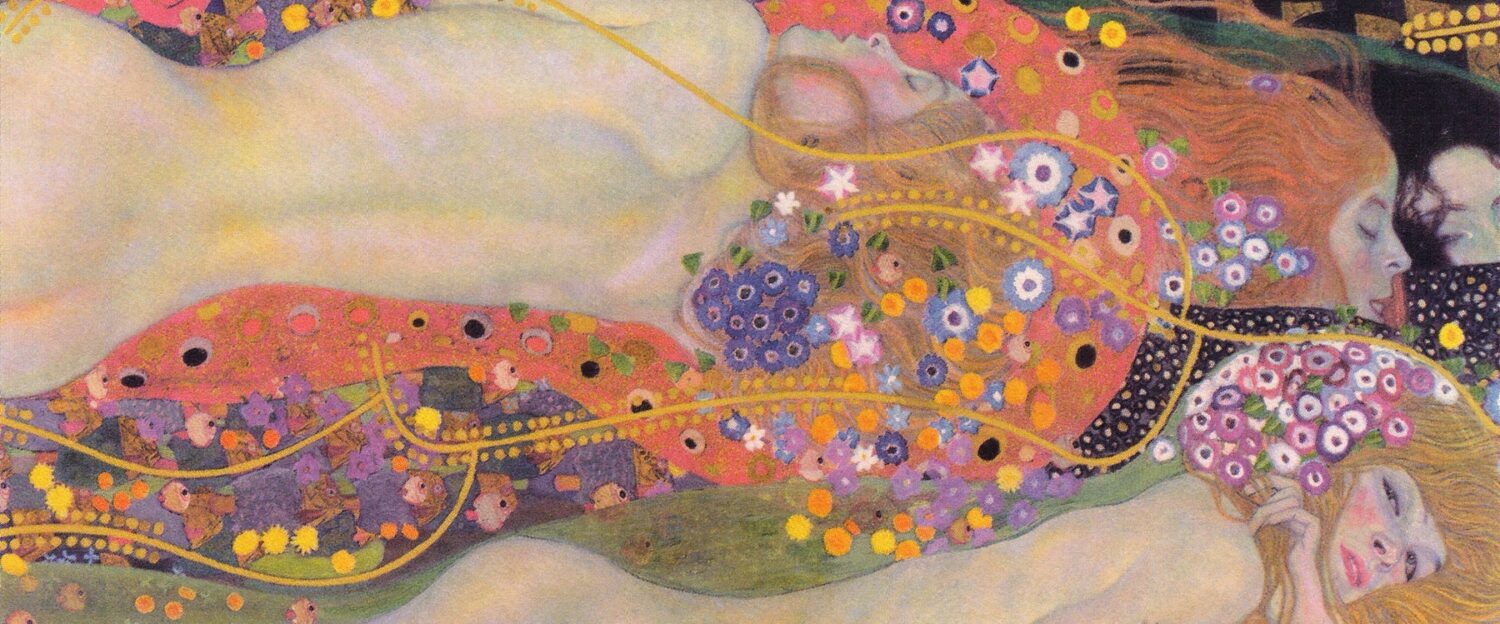The autobiographical theme in artists’ images can relate to your own life, even elicit it in fresh ways. For example, this seemingly subtle, sensuous image below of two dancers by Dorothea Tanning sparks a not so subtle message and visual experience for me.
In contrast to typical male dominant positions in classical tango, the dominant body is female in Tanning’s image. That upends the typical tango where the male takes charge, including supporting the female’s back bends and twists, often contributing to discomfort afterwards. However engaging and accessible, tango brings passion and pain together, as you’ll see in this elenahornfilm clip which contains one example of the back bend.
Yes, I have had some experience enjoying dancing the tango when I worked in Guatemala as a diplomat, but nothing so exposing as Tanning depicts. And in a few relationships, their passion and pain, reflected questionable choices.
What associations and memories come to mind as you look at these two dancers? For example, Who’s on top, so to speak? What do the bodies and their connections tell you about the relationship? What story is embedded in the distortions and positions?
Tango Lives by Dorothea Tanning

(Or maybe “tangled lives?)
To deepen your appreciation of an artist’s life, I encourage you to not only look at a range of the art, but read articles and books about people who strike conscious and discordant chords with you. Also consider snooping about people whose art puzzles you.
I do practice what I suggest. For example just read a review in the Wall Street Journal about Tanning: Exquisite Dreams by Amy Lyford.
When I told Shari about being intrigued by Tanning, she reminded me we had discussed her in one of our weekly online arting conversations over the last four years. When I lauded her better memory, she kindly reminded me she had more reinforcement because she did all the input of the artists’ names. This demonstrates an aspect of our comfortable collaborating process. Consider this as you explore who and why you choose particular partners for your own arting.
Back to Tanning: According to the WSJ book review, she was the second of three daughters born to Swedish immigrants in rural Illinois. An avid reader, she said she “painted to escape her biography”… which she did when she moved to Manhattan and connected with a sophisticated circle including Balanchine, Cage and Cornell. Influenced by the Museum of Modern Art’s 1936 exhibit, “Fantastic Art, Dada and Surrealism, she initially earned her living with some advertising work.
The art director at Macy’s was another catalyst. (BTW Macy’s on 34th Street was one my summer employers – I even lived in a apartment bulding over their store in the Bronx which became part of my walk to elementary school). In turn, the art director introduced her to gallerist Julian Levy who introduced her to her future husband, the painter Max Ernst (I have one of his prints on the wall behind my dining room table).
Part of their bond was love of chess. Marrying in 1946, they had a Hollywood double ceremony with the artists Man Ray and Juliet Browner. Quite a painterly foursome.
I tell you all of this because I am fascinated with how connections are catalysts in lives, often unclear until their results, but not magical in retrospect. Associations also provide some peripheral comfort. Perhaps that’s a cue to following your own interests and allowing your relationships and passions to be the glue for future meaning and outcomes over time. (That’s one reason why I have sprinkled some of my own ancillary connections in this blog.)
So, when Tanning said she “painted to escape her biography,” seems to me that her painting became her biography. Who do you want to encounter in your own? How would become the hero of your own story?
Featured image credit: El Tango, cabaret by Pedro Figari
Discover more from Arting: Art As Conversation
Subscribe to get the latest posts sent to your email.

